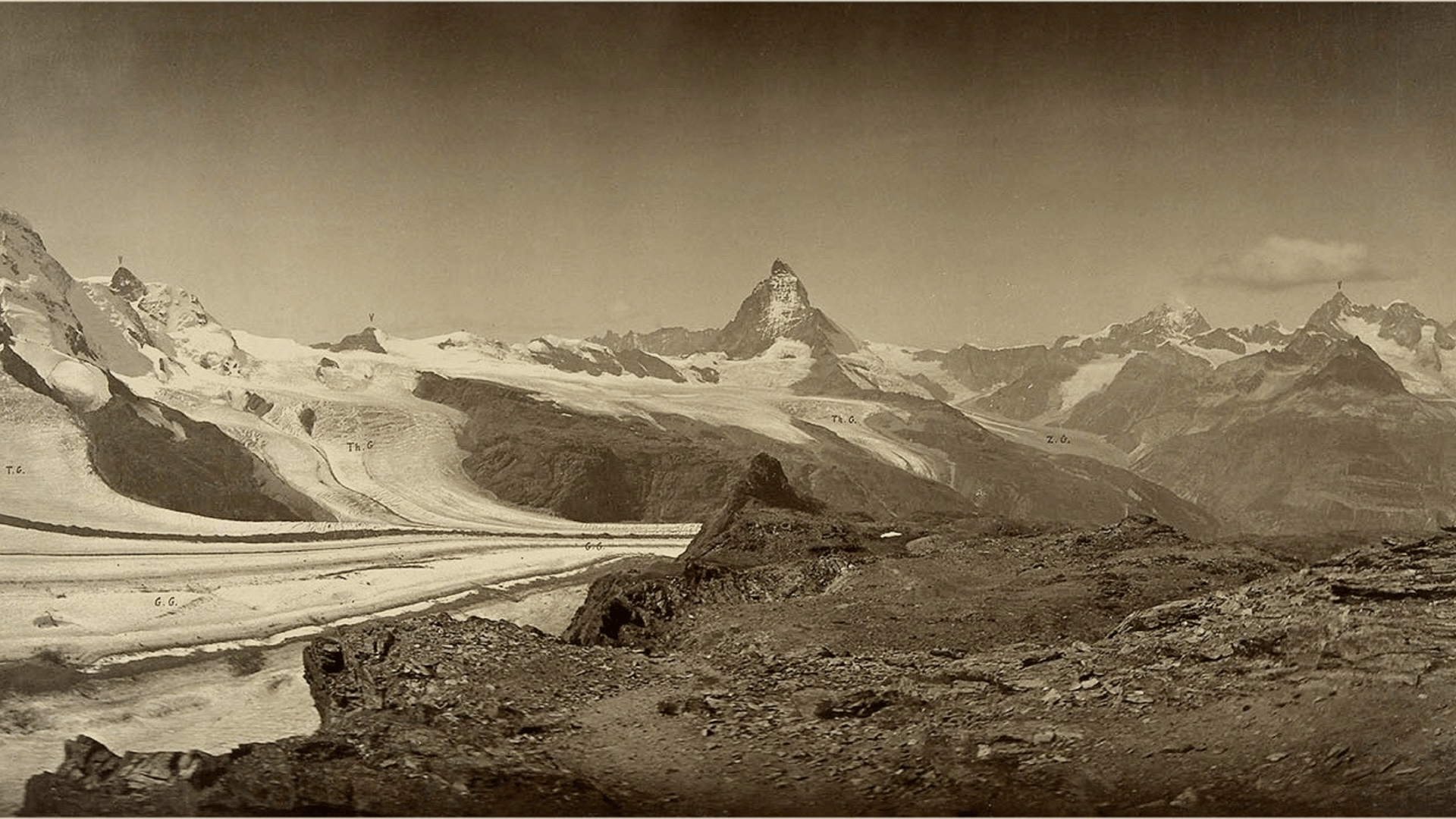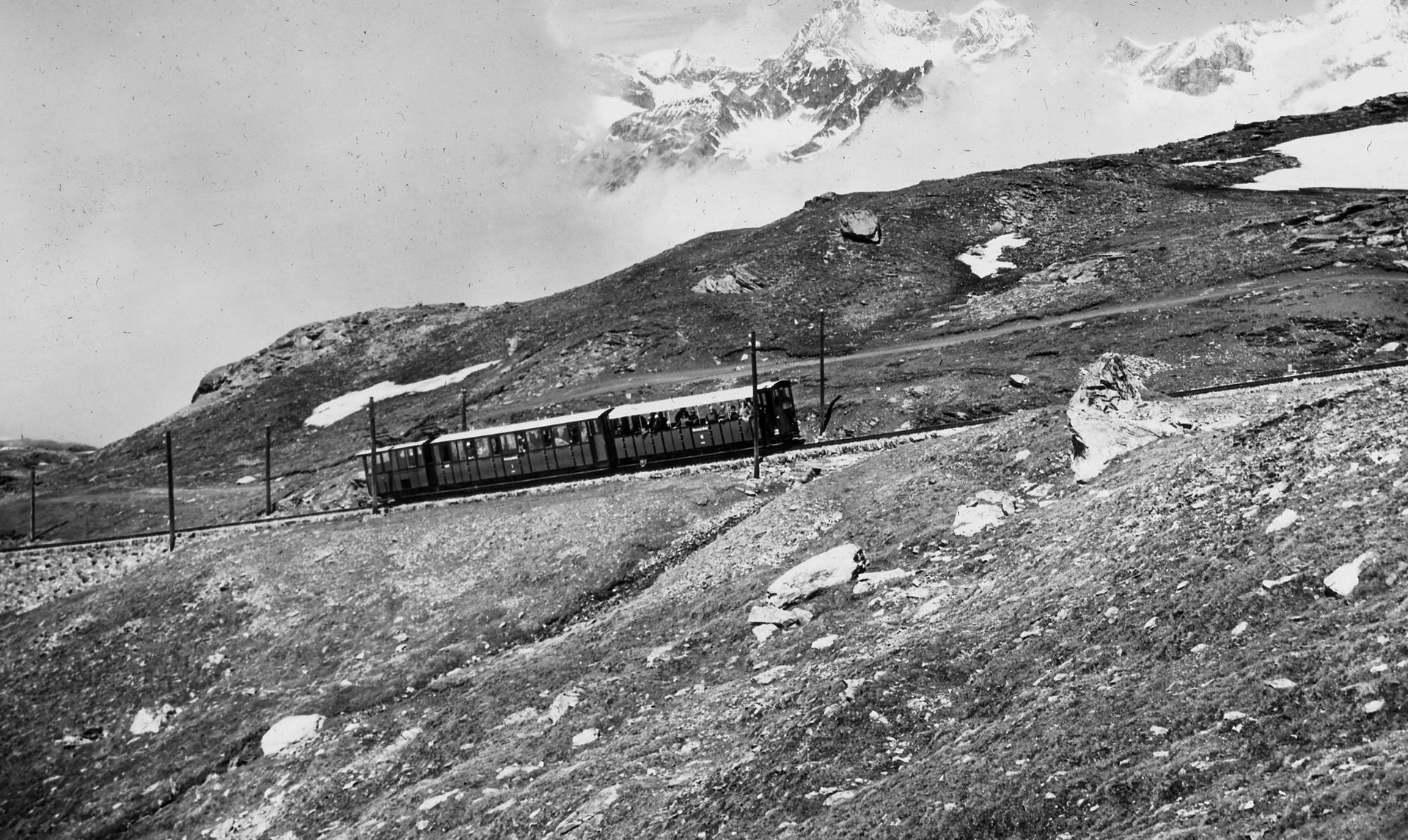Richard Strauss: Gornergrat hike as a health test
Story 108
In 1893, the German composer Richard Strauss visited Zermatt while he was in the area recovering from a lung disease. To test the strength of his lung, he climbed the Gornergrat. The high Alpine experience inspired his music.
Health problems
Richard Strauss, born in 1864, is considered the last of the great composers of classical music. He spent a long proportion of his life being a chain smoker and workaholic. As Barbara Piatti writes in her book Von Casanova bis Churchill, berühmte Reisende auf ihre Weg durch die Schweiz (From Casanova to Churchill, famous travellers on their way through Switzerland), he contracted pneumonia in 1892, which soon led to a dangerous case of pleurisy. On the advice of his doctors, Strauss went on a spa holiday and travelled to the Mediterranean, where his lungs recovered.
Excursion to Zermatt
Piatti writes: “On his return journey, after eight months, he came to Switzerland via Domodossola and crowned his recreational trip in Zermatt. He decided to put his lungs to the test – could they withstand a strenuous mountain hike? Yes, they could: Strauss mastered the difference of 1,500 metres in altitude spread over nine kilometres from Zermatt via Riffelalp and Riffelberg to the Gornergrat with flying colours, providing definitive proof that his lung was cured.”
Letter to his parents
In a letter dated 22 June 1893 – written at the Hotel Mont Cervin – Strauss wrote to his parents:
The Alpine Symphony
108 years ago, in 1915, his Alpine Symphony op. 64 was premièred in Dresden. Was it perhaps the hike up the Gornergrat that inspired him when writing? There are different interpretations, but Strauss was probably influenced by a range of experiences.
Piatti quotes Willi Schuh, Strauss’ Swiss friend and biographer, who wrote in 1951: “It was Strauss’ first high-altitude experience, the original experience, to which the Alpine Symphony would later owe its highlights.”



